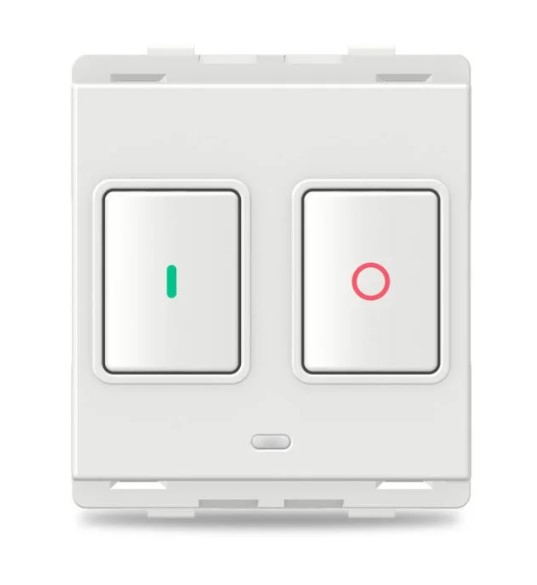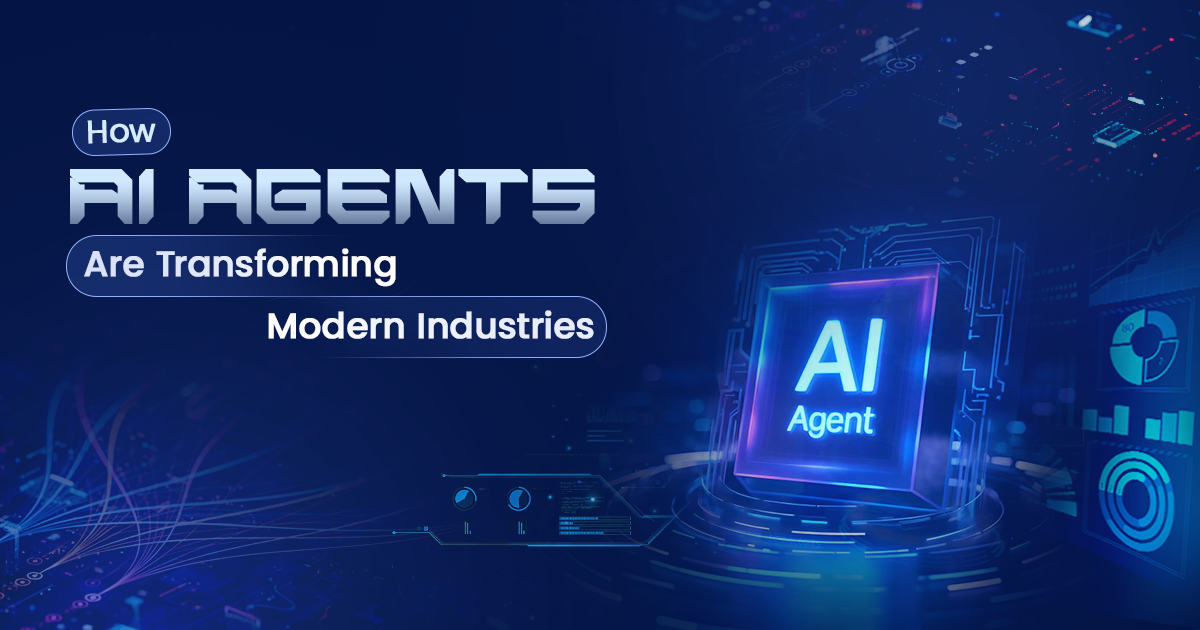
Boost Security with Intelligent Monitoring Solutions
- Andrew Coline
- Technology
- 2025-10-29 21:45:39
- 2133K
In today’s interconnected world, security has become one of the most critical challenges for businesses, data centers, and infrastructure facilities. Organizations are under increasing pressure to safeguard their digital and physical environments against internal vulnerabilities and external threats. Intelligent monitoring offers a proactive approach to maintaining safety, reliability, and operational stability. By integrating smart systems, predictive analytics, and real-time data insights, businesses can detect anomalies, prevent failures, and optimize performance before issues escalate into costly disruptions.
Evolution of Intelligent Monitoring in Security Systems
The concept of intelligent monitoring has evolved far beyond traditional surveillance and manual checks. Earlier security systems were reactive—they responded only after an event occurred. Today, with the advancement of AI, machine learning, and IoT sensors, monitoring systems can now predict and prevent security breaches. Intelligent systems collect and analyze data from multiple sources—such as cameras, access controls, environmental sensors, and network logs—to provide a holistic view of potential threats.
This evolution allows organizations to identify patterns and irregularities that humans might overlook. For example, detecting unusual login behavior or a temperature anomaly in a data room can trigger automated alerts. As a result, intelligent monitoring not only enhances physical security but also reinforces cybersecurity, making it a cornerstone of modern infrastructure management.
Key Benefits of Intelligent Monitoring for Modern Enterprises
Implementing intelligent monitoring in enterprise environments delivers a range of benefits that extend well beyond traditional protection. Here are some of the most impactful advantages:
Real-Time Threat Detection: Automated monitoring ensures that systems can identify unusual activities instantly. Instead of waiting for manual inspections, alerts are generated in real time, reducing incident response times significantly.
Data-Driven Decision Making: By analyzing historical data, organizations can make informed decisions about future infrastructure and resource planning.
Reduced Downtime and Maintenance Costs: Predictive analytics help detect potential issues early, preventing system failures and unnecessary maintenance costs.
Improved Compliance and Reporting: Intelligent systems automatically log data for audit trails, making it easier to meet regulatory compliance standards.
Scalability and Flexibility: Intelligent monitoring systems can grow with your organization, adapting to new devices, software, and evolving threats.
The cumulative result is a safer, smarter, and more efficient operation capable of defending against both digital and physical risks.
Integrating DCIM for Enhanced Infrastructure Security
An essential part of a robust monitoring strategy is DCIM. DCIM solutions play a crucial role in providing centralized visibility and control over all aspects of a data center’s physical infrastructure—power, cooling, space, and network assets. When combined with intelligent monitoring, DCIM software delivers actionable insights that strengthen both operational efficiency and security.
For instance, DCIM can track temperature fluctuations or power surges in real time. When integrated with intelligent systems, these alerts can automatically trigger predefined actions—such as redistributing workloads, activating backup cooling systems, or isolating a network segment. This fusion ensures that organizations not only protect their equipment from failure but also maintain uninterrupted uptime. In essence, DCIM transforms infrastructure monitoring into a strategic advantage by bridging the gap between operational data and proactive decision-making.
Role of Modius in Intelligent Monitoring Solutions
As the demand for smarter, more integrated monitoring continues to grow, companies like Modius are leading the way in redefining how businesses manage their operational intelligence. Modius specializes in advanced monitoring and data management platforms that bring together power, environmental, and IT data into a unified view. Their solutions enhance visibility and enable data-driven actions across complex infrastructures.
By leveraging Modius technology, organizations gain access to intelligent analytics that can identify risks, optimize resource allocation, and streamline operations. When combined with broader intelligent monitoring strategies, Modius tools empower teams to proactively address potential vulnerabilities before they disrupt operations. The result is a secure, resilient environment that aligns with modern digital transformation goals.
Implementing Intelligent Monitoring: Best Practices and Strategies
1. Define Clear Security Objectives
Before deploying intelligent monitoring systems, businesses should identify their primary security goals—whether that’s reducing unauthorized access, detecting system anomalies, or ensuring environmental stability. Setting clear objectives ensures that monitoring tools align with your organization’s unique requirements.
2. Integrate Cross-Functional Systems
Intelligent monitoring works best when integrated across multiple systems—network infrastructure, environmental controls, and physical access points. This creates a unified view of your entire operation, allowing for faster, data-driven responses.
3. Leverage Predictive Analytics
Modern monitoring tools use AI and machine learning to predict potential threats before they occur. Predictive analytics can flag unusual trends, such as sudden spikes in network traffic or energy consumption, indicating possible breaches or inefficiencies.
4. Establish Automated Responses
To minimize human error and response delays, businesses can set up automated workflows that react instantly to alerts. For example, when an intelligent monitoring system detects unauthorized access, it can immediately lock specific doors, isolate network areas, or notify the security team.
5. Continuous Optimization and Review
Security is not static—it evolves with technology and threat landscapes. Regularly updating and refining your monitoring strategy ensures continued effectiveness and compliance with industry standards.
Intelligent Monitoring and the Future of Security Operations
The future of intelligent monitoring lies in its ability to merge predictive intelligence with real-time automation. As AI and IoT technologies continue to advance, monitoring systems will become even more autonomous and self-learning. They will not only detect threats but also anticipate and neutralize them before they occur.
Furthermore, intelligent monitoring will play a vital role in sustainability efforts by helping organizations optimize energy consumption and reduce waste. The integration of green technologies with intelligent monitoring platforms will support the dual goals of security and environmental responsibility.
Conclusion
In a world where downtime and data breaches can cost millions, intelligent monitoring has become indispensable. It allows organizations to stay ahead of potential threats through continuous data collection, real-time analytics, and automated responses. By integrating technologies like DCIM and leveraging platforms such as Modius, businesses can achieve greater visibility, reliability, and peace of mind.
Ultimately, intelligent monitoring represents more than just a security solution—it’s a strategic approach to ensuring long-term operational excellence, safety, and resilience.
Leave a Reply
Please login to post a comment.












0 Comments